A journey across Croatia to the azure Adriatic
There’s no better way to discover a country than from the gently rocking first-class carriage of a train winding its way through deep gorges and mountain passes. Croatian Railways may not rival the glamour of the Orient Express and the gentle rocking may not always be quite so gentle, but the landscape you pass through is all the more impressive.
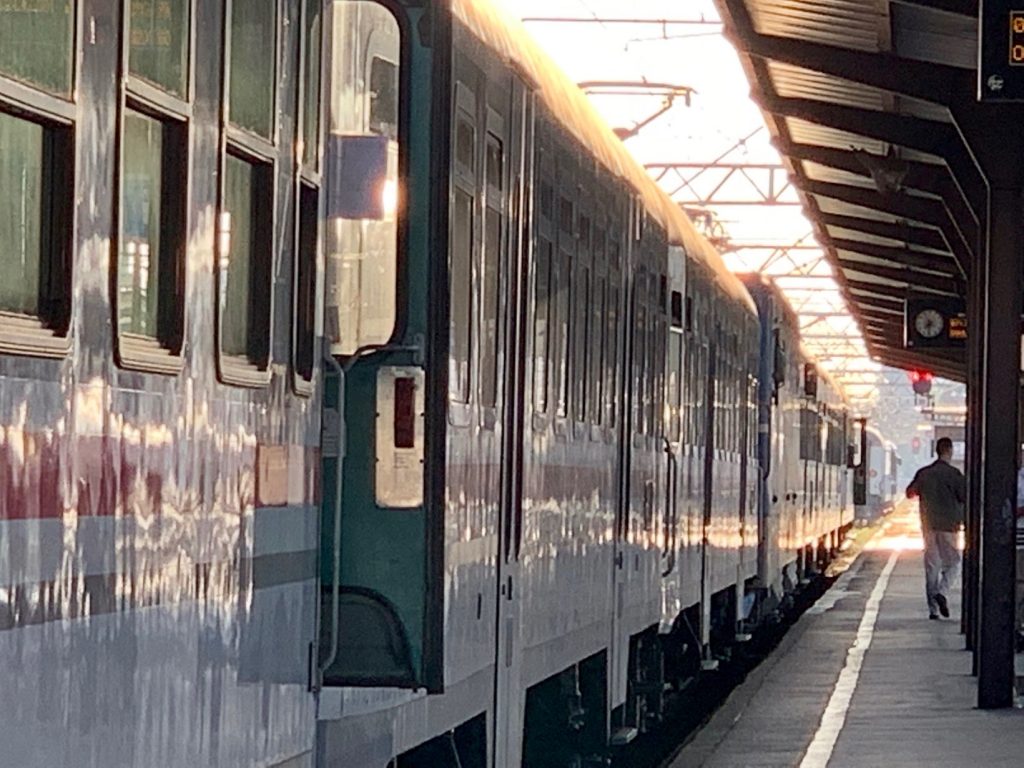
We depart bright and early from Zagreb Glavni Kolodvor, the city’s main railway station – a grand imperial relic dating back to the 1890s. With only two carriages, there’s no dining car, no compartments and no trolley service. You have only the panoramic views of Croatian countryside to distract yourself with.
After winding through the capital’s suburbs, the train heads out across wide plains to the small city of Karlovac, direction Rijeka, Trieste and eventually Venice. The tiny train tilts slightly as it pulls around the first bends. The route we’re on was built in 1865 by the Austrian Southern Railway, a corporation that constructed a number of lines in the former Austro-Hungarian Empire.
Today, you’re still treated to a charmingly ‘authentic’ railway experience. At each stop, for instance, a stationmaster appears to signal the train’s arrival and departure. If we’re only passing through, they stand on the steps of their cottage and watch us pass.
From Oštarije, we branch off onto a different line that winds itself through the Mala Kapela mountain range. We cross the massif, passing through tunnels and valleys, over viaducts and bridges. The Croatian War of Independence, which lasted from 1991 to 1995, saw the railway and the surrounding areas suffer tremendously. Villages and houses lying in ruins can still be spotted from either side of the train’s windows. One station we pass through has been rebuilt using only containers. In one place, there’s even a minefield next to the track.
We soon arrive in Knin, a small town but major transport hub in southern Croatia. Here, a line branches off to gorgeous Zadar on the northern Dalmatian coast, an historic city famed for its Roman and Venetian ruins. Another line heads down to Šibenik, home to some of Croatia’s best beaches and the shooting location for some of Game of Thrones. A third line heads north into Bosnia-Herzegovina towards the town of Bihać, a scenic route that passes along a gorge dotted with tunnels and viaducts.
We take another branch however, direction Split. The main highlight here is crossing the mountainous Zagora region. At varying speeds, the train works its way up the mountains in an almost serpentine manner, jerking from left to right. You can see hundreds of metres down into the valley and for miles all around. After crossing the pass, the land opens up again but the bends continue. Then all of a sudden, the sight we’ve all been yearning for slowly comes into view – the crystalline waters of the Adriatic Sea.
As we descend, vineyards give way to blocks of flats. It’s a picture very much painted by industry – Split is a port city, after all. A tunnel takes us under the old town before pulling into Split’s small station, located directly next to the old harbour. The drab terminus we arrive into is unspectacular, but the journey itself more than makes up for it.
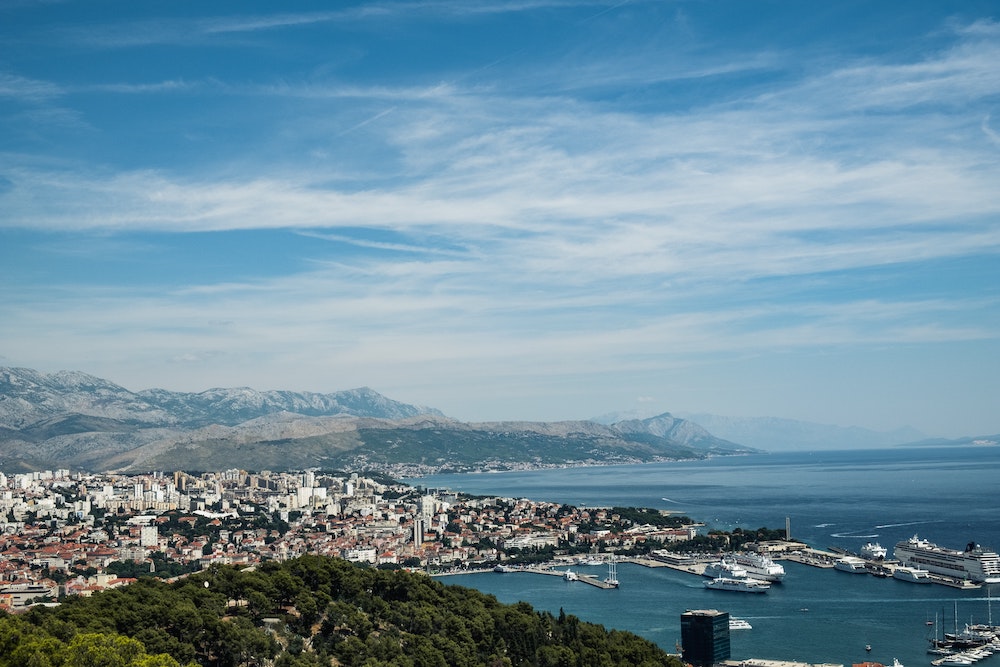

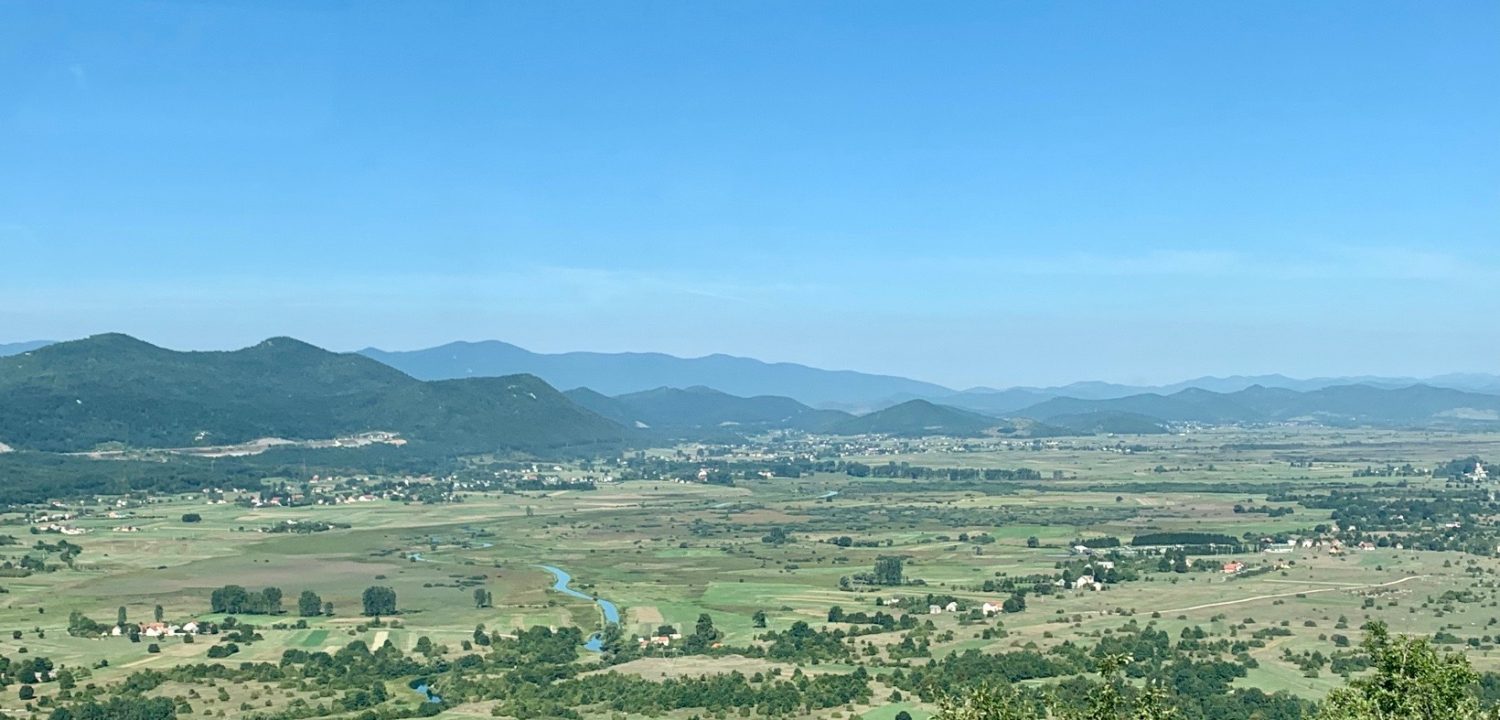
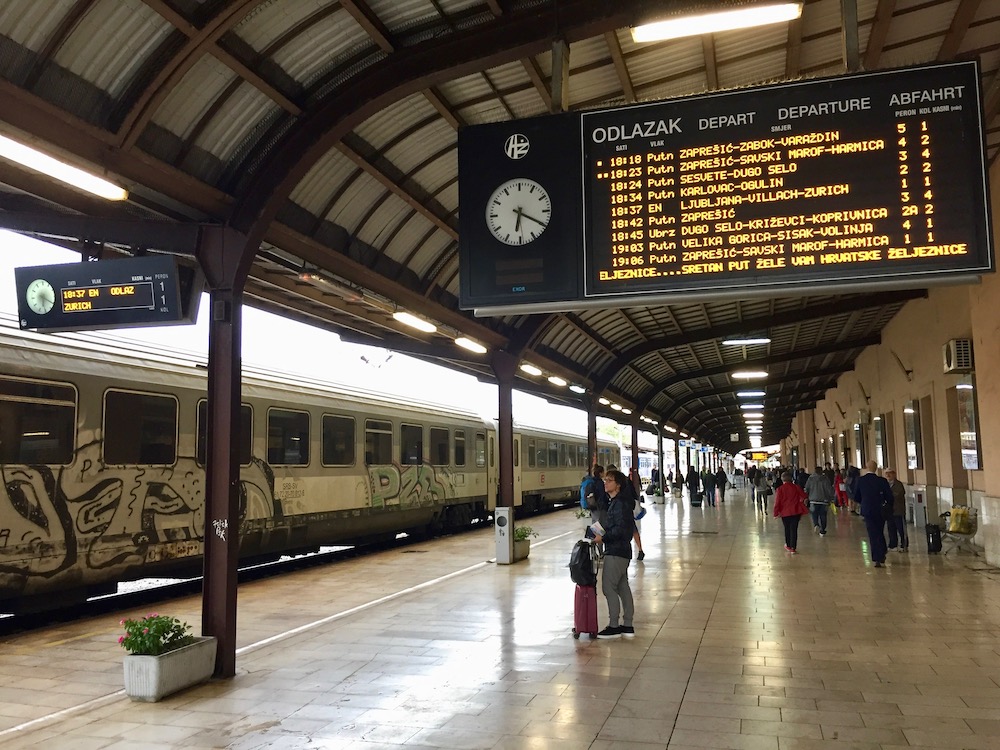
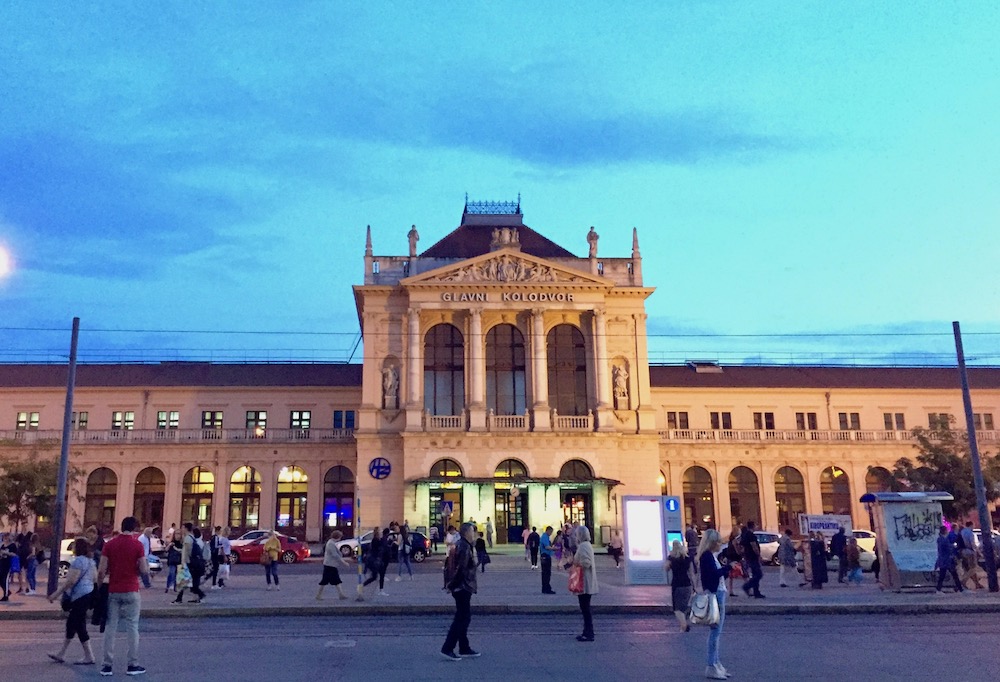
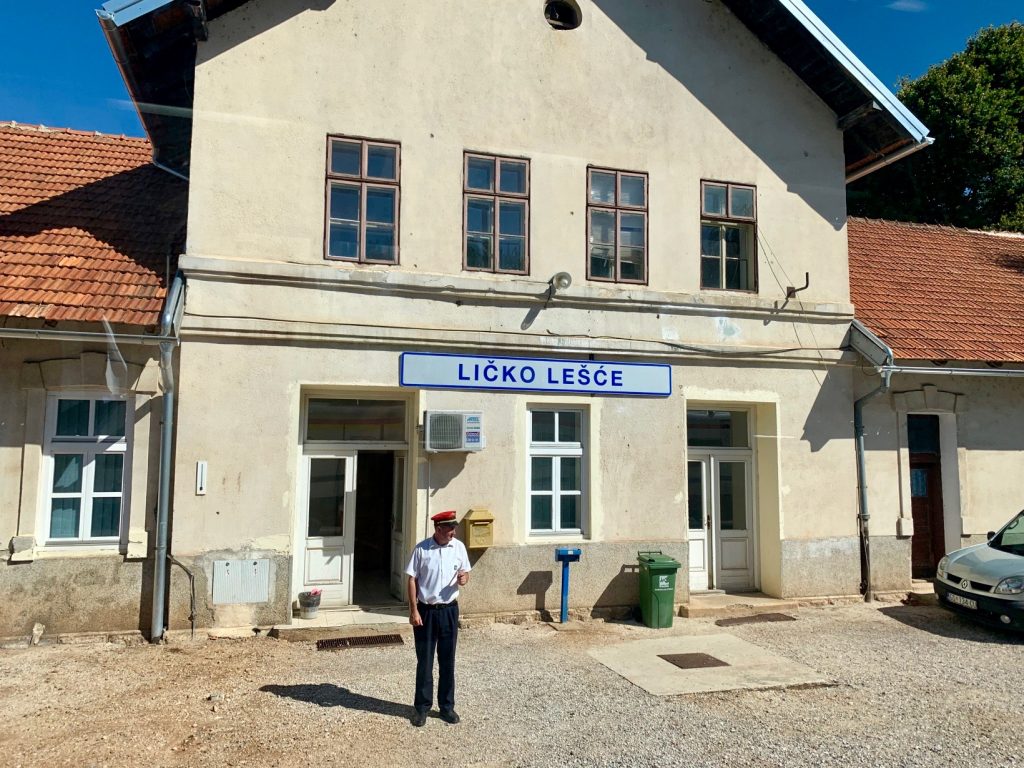
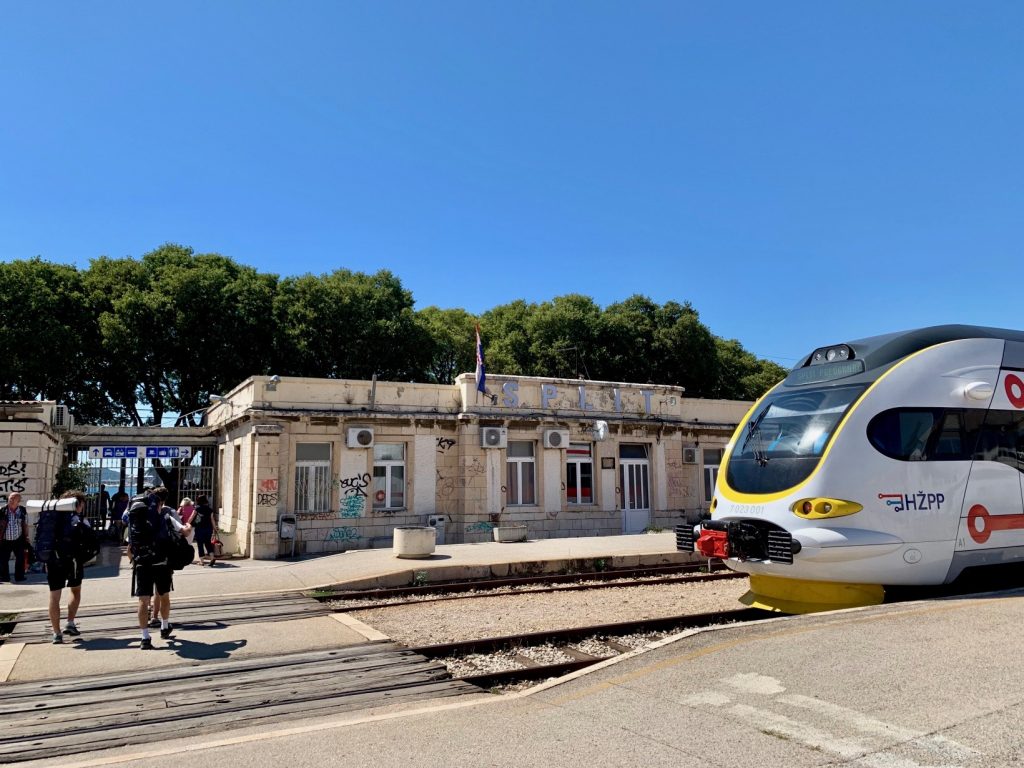
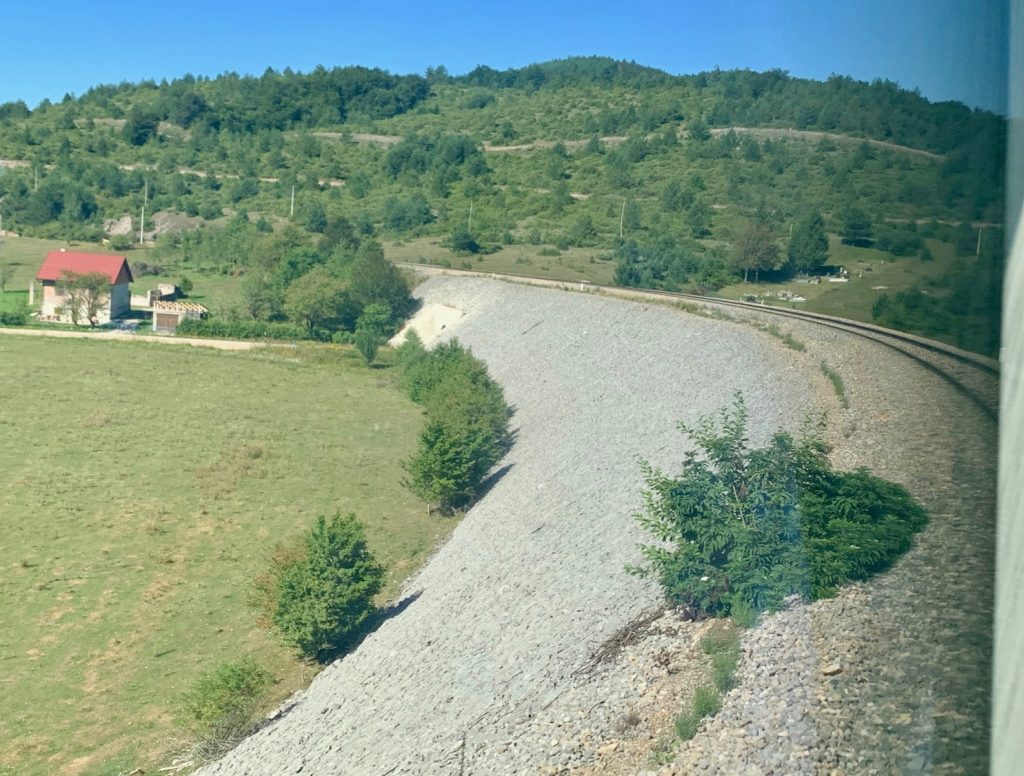
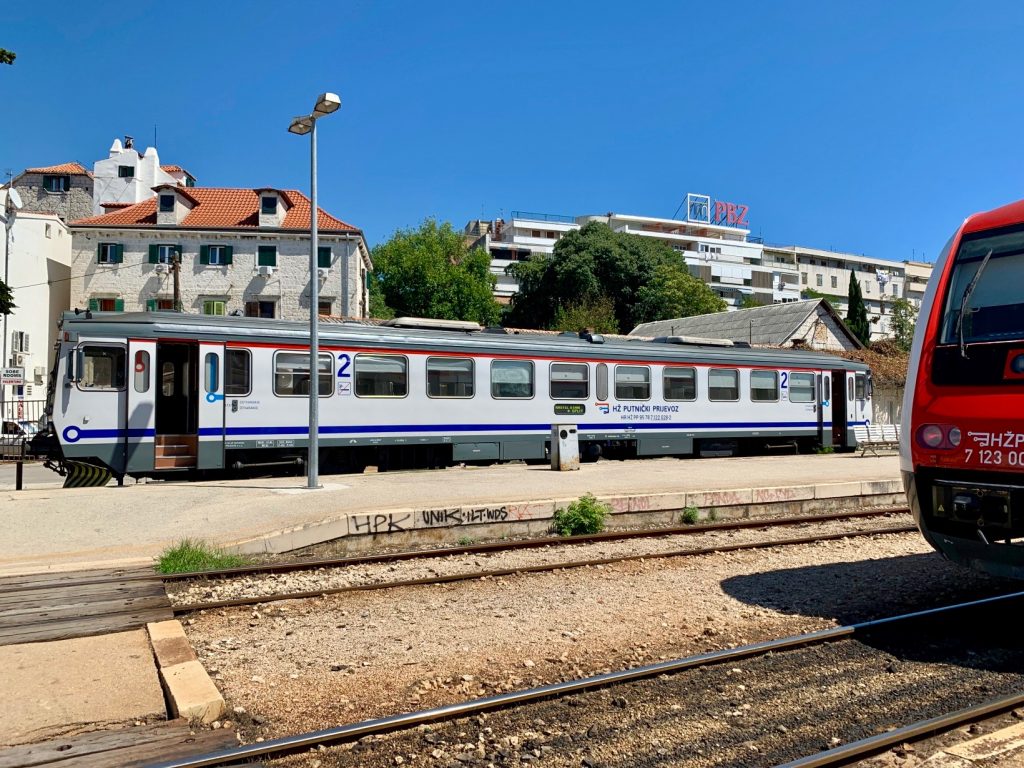
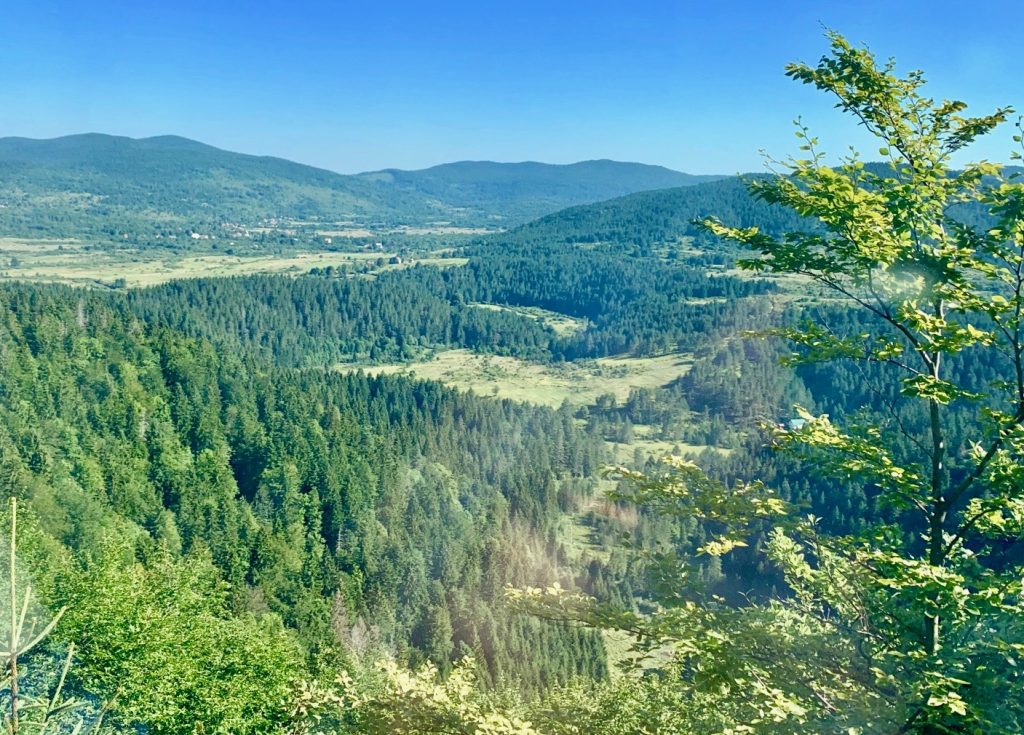


Leave a Comment